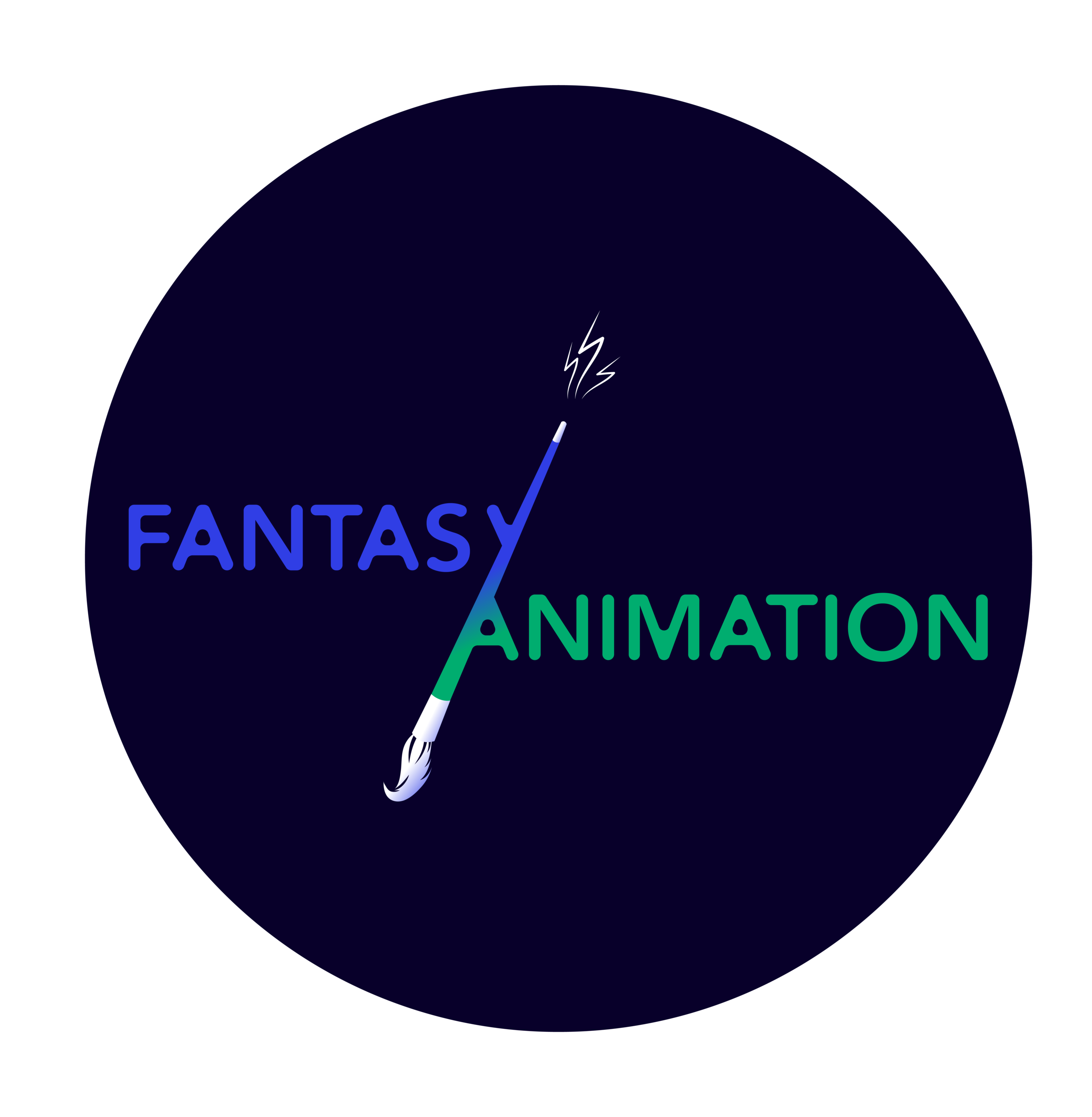In the earliest forms of animation, the so-called ‘Hand of the Artist’ was a visual tool to represent the moment before a drawing came to life on its own. Émile Cohl's Fantasmagorie (1908) is a famous example of this, where the hand and the pencil of the animator disappear once the drawings begin to seemingly move autonomously. Over the century since Fantasmagorie, animation has returned to this visual device as a form of satire or as a metatextual exploration of the medium, to disrupt our perception of the constructed reality of animation in a manner unique to a medium free from the constraints of live-action. Paul Wells argues that “animation’s inherently rhetorical condition means that its construction is always a critical intervention and interrogation of the representation of the material world” (Wells 2019, 15) which is what allows animation to be utilised as a reflexive storytelling device through the deconstruction of its own medium.
Read More
